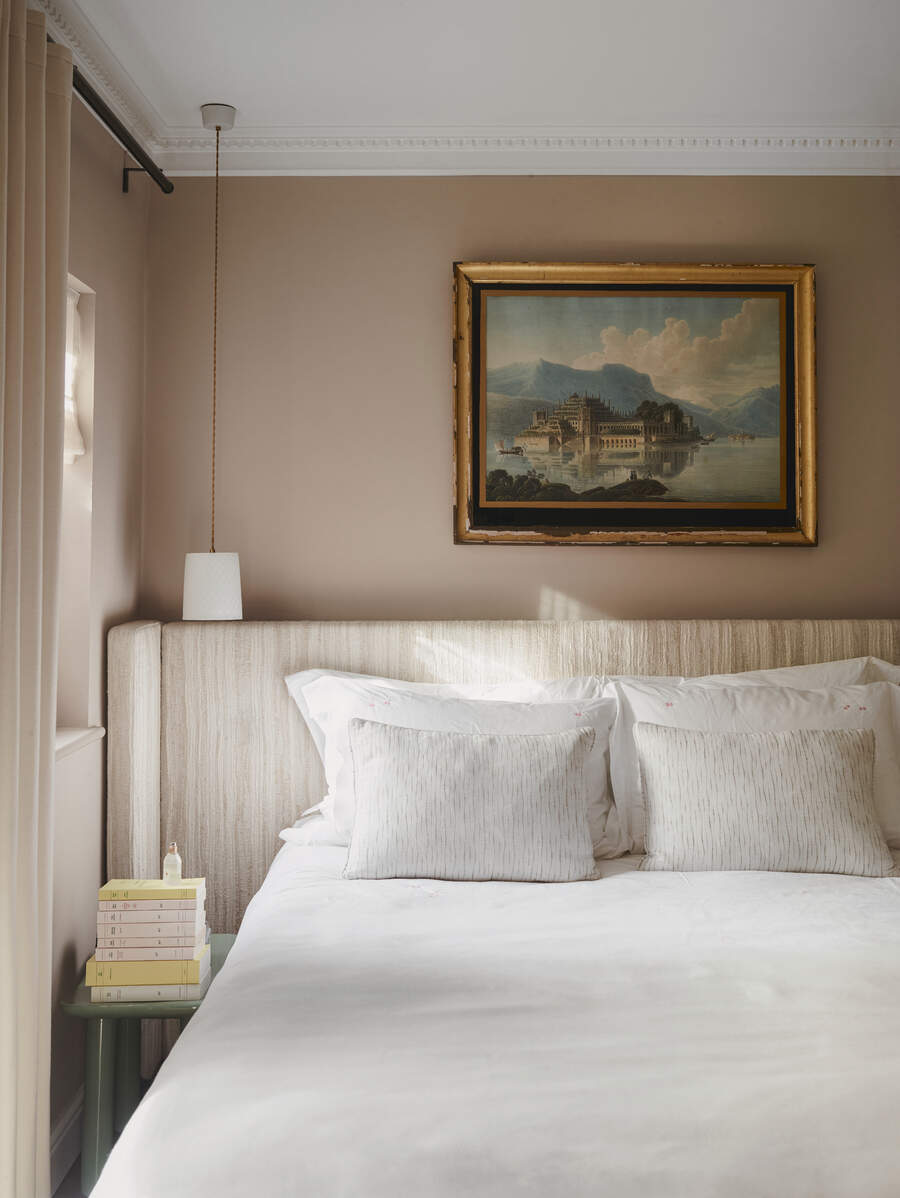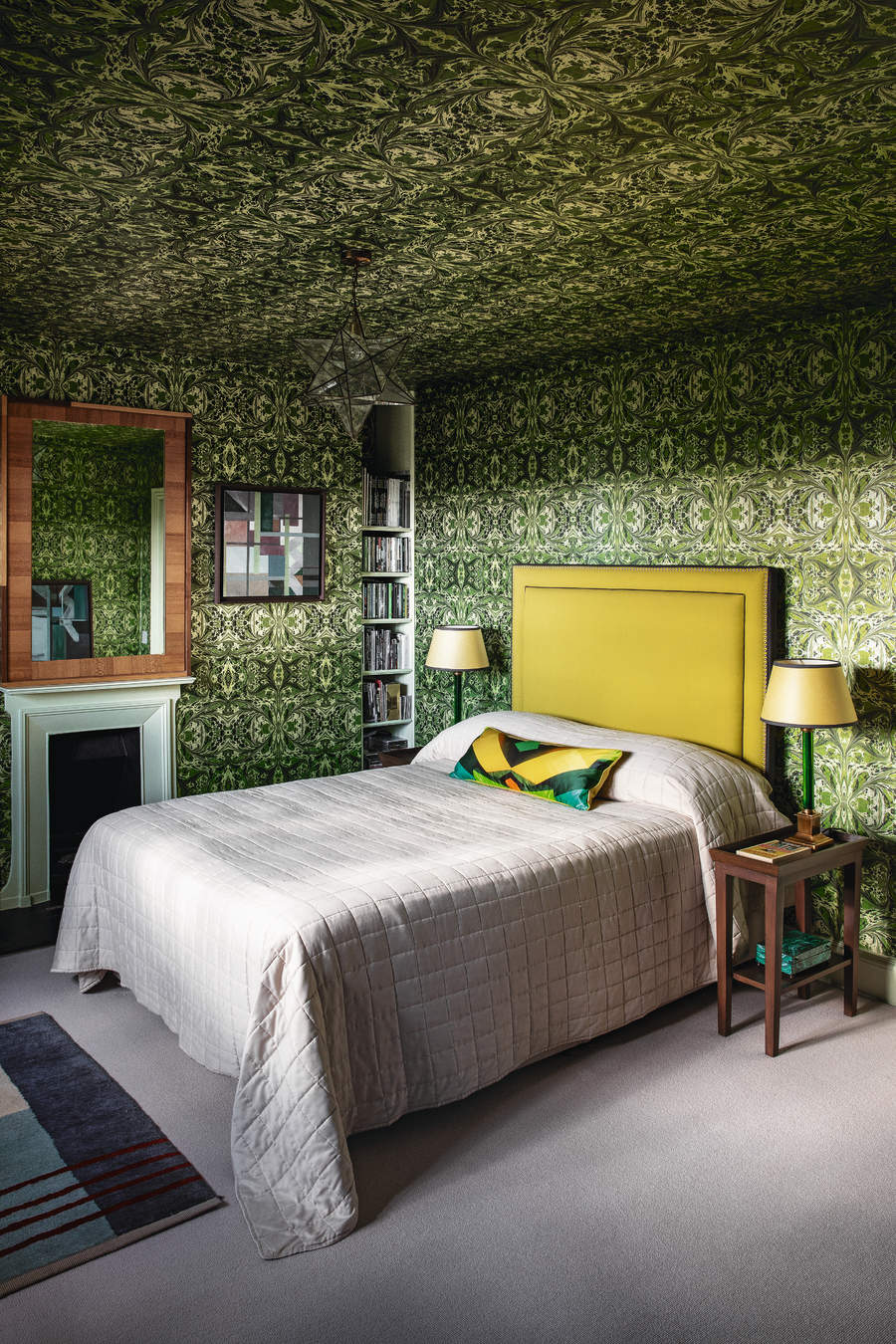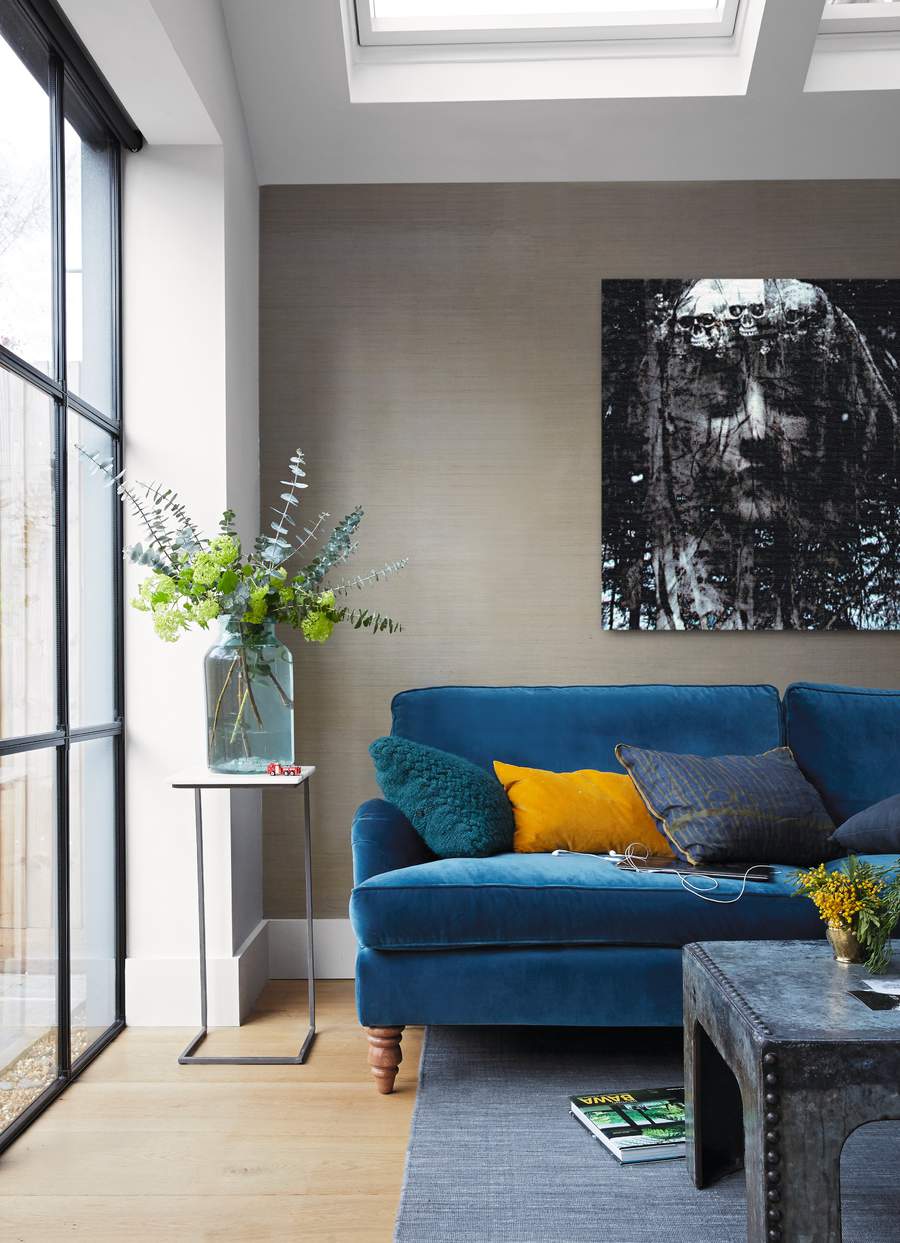How to Reduce Echo in a Room — Tips Designers Use to Make a Space Feel More Cozy
If you're finding your rooms have the echo of emptiness, here are 5 subtle ways to soften acoustics with aesthetics

A noisy home is a stressful place to be. From kitchen blenders, hairdryers and blaring TVs to traffic outside, our homes can hum with a disturbing background din.
This cacophony is particularly prevalent in modern homes, where there's often a preference for hard surfaces like stone, timber and tiles. These look gorgeous, however, sound is bounced around rather than absorbed.
Surprisingly, this noise can affect our wellbeing, with numerous studies pointing to the ill effects of stress on our health, which is why soundproofing a room is so important. 'Noise is invisible and is often overlooked,' says Poppy Szkiler, CEO & Founder, Quiet Mark. 'However, noise affects the physical rhythms of our bodies, our hormones, metabolic and cardiovascular systems. Longterm exposure can cause significant damage to our health.'
The good news is there are some easy and effective ways to counterbalance this cacophony and create a soothing sanctuary. If you'd like to know how reduce echo in a room, these are the tips designers use to make a space more cosy.
1. Choose sound-absorbing flooring

Timber, tiled or concrete flooring look stylish, but these hard surfaces are noisy to walk on. Couple this with large expanses of painted plasterboard or brick walls and it's a recipe for an ongoing racket that ramps us stress levels in our homes without us even realising. So how to stop it?
'Designers can significantly reduce unwanted noise and improve acoustics through their choices,' says Poppy Szkiler at Quiet Mark. 'The dominance of hard interior surfaces can cause reverberation, all of which contribute to poor acoustic comfort and adverse effects on long-term health and wellbeing.'
'In interiors where noise could be an issue, you would have to use carpeting not wood or stone floors,' says International interior designer, Kelly Hoppen. 'A border in wood is also an option, if wall-to-wall carpet isn’t the look you want.'
The Livingetc newsletters are your inside source for what’s shaping interiors now - and what’s next. Discover trend forecasts, smart style ideas, and curated shopping inspiration that brings design to life. Subscribe today and stay ahead of the curve.
'If you have the same flooring throughout an open plan space, large rugs can also help to divide it into distinct, cosier areas,' says interior designer, Irene Gunter, founder, Gunter & Co.
'A rug underneath a dining table, with another under the coffee table will visually separate where you dine from where you lounge. Make paper templates, so you can judge how large the rugs should be. Often, the tendency is to go too small.'
2. Bring in more soft furnishings

Hard surfaces enable noise to reverberate, even at low levels. It makes sense then, to include more soft surfaces to reduce echo in a room.
An upholstered headboard rather than a wooden one, an ottoman instead of a coffee table and fabric lampshades not metal ones are all ways to incorporate more soft finishes and make a space cosy and quieter.
'If you really want to stop noise, acoustic sound-proofing in the walls is essential, however this is expensive,' says Kelly Hoppen. 'If that's not an option, fabrics layered in a room on furnishings, flooring and walls is best and means you can have a design that suits you.
'I love linens, velvets, wools and other natural fibres. These soft fabrics are great at reducing sound and tend to be what I would use in a design scheme anyway.'
3. Consider wall-coverings

Paint ideas for walls in the latest shades are a popular look, but without adequate sound-proofing, these can be another source of unwanted sound reverberation.
Equally stylish, but more sound-absorbing are wall-coverings. These can even be extended onto the ceiling for a cocooning effect.
'A thick wallpaper or fabric wall-covering would be ideal,' says Kelly Hoppen. 'Or even a faux suede on walls for a sumptuous solution to echo reduction.'
4. Flatter windows with fabrics

Glass is yet another hard, sound-bouncing surface in our homes. Of course, huge banks of windows look lovely, and allow natural light in, which is essential.
Double-glazing and other types of modern glass have acoustic (and thermal) qualities but we can still go a step further with our choice of modern window treatments.
Shutters can help to block out noise from outside, but they may not be the best choice if the sound is echoing from within your home. Here curtains and blinds will not only flatter your windows, they'll offer a practical, sound-reducing solution too.
Having curtains lined enables them to hang better and provides an extra layer of sound-absorbing fabric. Interior designer Irene Gunter recommends interlining too.
'I always include interlining on curtains,' says Irene. 'It's an additional layer of fabric sewn between the curtain fabric and the blackout or light-filtering lining that adds weight and quality to curtains.'
'Silent Gliss is a wonderful international supplier of interior window treatments,' adds Poppy. 'It considers not only the material’s appearance but its technical features, and offers a wide range of fabrics, styles and colours with added acoustic performance that balance function and design.'
5. Fit pocket doors or glazed partitions in open plan spaces

Open plan living is still popular but it often leads to noisier homes. The hum of an extractor or dishwasher is no longer confined to the kitchen, if there is no wall between it and the living area. Likewise, the sound of a TV or noisy games console will drift into the cooking zone if there is nothing to block it.
'An advantage of open plan spaces is they have more natural light,' says interior designer, Irene Gunter, founder, Gunter & Co. 'The downside is that they can lack a sense of coziness. To balance this I recommend zoning to create smaller areas that work both independently and together.
'A pocket door that slides back and disappears into the recesses of a wall mean that part of a room can be closed off when peace and quiet are required. A glass partition is another great way to divide a space, while creating a link between adjacent rooms.'
Jacky Parker is a freelance lifestyle journalist and writer, producing a wide range of features for magazines and digital platforms. She has written for Livingetc and its sister titles, Homes & Gardens and Country Homes & Interiors for more than 15 years, both as a freelance contributor and as Acting Digital Editor and Acting Style Content Editor, regularly reporting on the latest interiors, gardens and wellness inspiration, speaking to experts in their respective fields, and discovering the best tips.
Jacky has also written for other publications, including Sunday Times Style, The Telegraph, Architectural Digest, House Beautiful, ELLE Decoration, Red, Grand Designs and more.